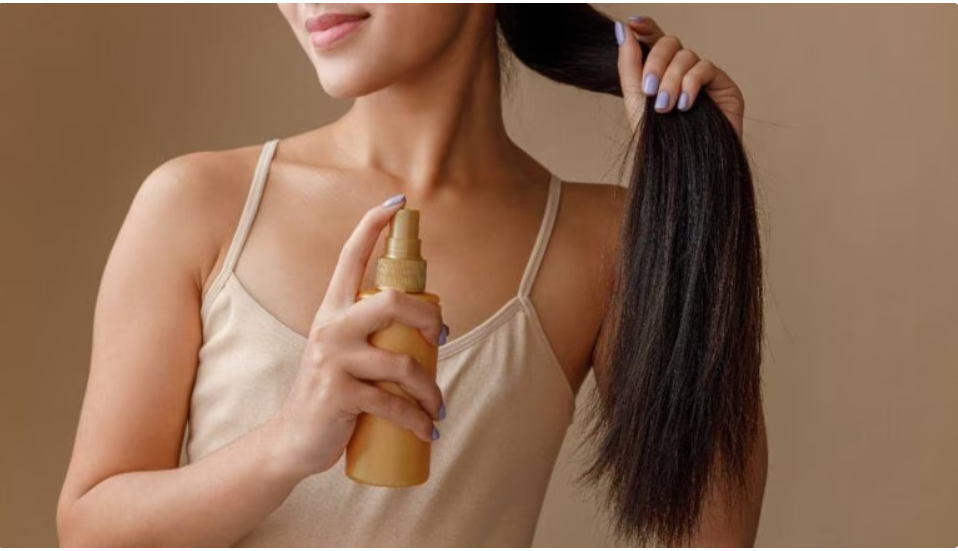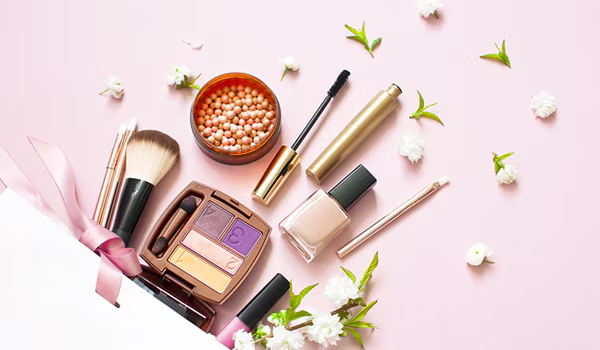As we are all unique individuals, so is every hair important and unique. Straight, wavy, curly, or coily hair needs special care to keep it fresh and in good shape. And, of course, this would need understanding the texture of hair in order to know how to handle it. We take you through this guide to reveal the best hair care tips for every hair texture to enable you to embrace your natural allure by fine-tuning your hairstyles.
Understanding Hair Textures

Before delving into hair care tips, it is essential to understand what distinguishes texture from one to another. Hair texture is actually determined by the shape of your hair follicle. The hair follicles are either round for straight hair, oval for wavy hair, or flat/elliptical for curly or coily hair. The way your textured hair acts and how it should be treated depends upon the kind of texture one has, including the right kind of products that will go just right with a person.
Hair Care Tips for Straight Hair
1. Not Too Often with Wash
Before delving into hair care tips, it is essential to understand what distinguishes texture from one to another. Hair texture is actually determined by the shape of your hair follicle. The hair follicles are either round for straight hair, oval for wavy hair, or flat/elliptical for curly or coily hair. The way your textured hair acts and how it should be treated depends upon the kind of texture one has, including the right kind of products that will go just right with a person.
As opposed to other kinds of hair, straight hair happens to get too oily within actuality after a short time because their natural oils reach maximum way down your flat hair shafts. Make your hair greasy and oily not by washing your hair more than 2-3 times a week. Employ mild shampoo and conditioner to have your hair clean with most of the natural oils unimpaired or in mild amounts as suggested for gentle hair cleanliness.
2. Add up some volume.
Straight hair can at times look lifeless. Add volume by applying mousse or spray with volume before blow-drying. Dry your hair upside down to create added lift from the roots. Avoid the use of heavy styling products to keep from weighing down your hair. The leading disadvantage straight hair has been given is that it is easily damaged with heat styling tools. Make it a point to apply a heat-protector spray to the hair before using a straightening tool, curling iron, or blow dryer. The temperature of the tools should always be at the minimum effective temperature needed to eliminate as much possible damage.
Hair Care Tips for Wavy Hair
1. Embrace the Waves
Naturally wavy hair tends to have a slightly tousled appearance, a characteristic that many women love. To bring out your waves, use a light mousse or curl-enhancing cream. Scrunch the product in while wet to promote wave formation. Let it dry naturally.
2. The Battle against Frizz
Curly hair is more susceptible to frizz, especially if it is very humid. Avoid frizz by keeping hair moisturized with moisturizing shampoo and conditioner. After shampoo and condition, apply a leave-on conditioner or anti-frizz serum to reinstate the moisture of the hair and keep frizz at bay.
3. Deep Condition Regularly
Curly hair tends to be dry, especially in the ends. A deep conditioning mask is a must at least once a week for your hair. It will keep your hair always hydrated and shiny—absolutely no split ends at all.
Hair Care Tips for Curly Hair

1. Hydrate, Hydrate, Hydrate:
Curly hair is naturally dry; oils from the scalp have to work harder to travel down the twists and turns of the hair shaft. For hydrated curls, try using a sulfate-free shampoo and a rich moisturizing conditioner. Avoid washing your hair too frequently; washing every 3 to 4 days will do. One can maintain hydrated curls by keeping in mind using a sulfate-free shampoo and a rich moisturizing conditioner. Avoid daily cleansing; a wash every 3 to 4 days would be enough.
2. Detangle with Care
The nature of curly hair makes it prone to tangling, which may lead to breakage if not handled well. Always comb hair while still wet with a wide-toothed comb or your fingers. Work from the ends to the roots, going in smaller sections, to prevent causing damage.
3. Define Your Curls
For more defined curls, apply curl cream or gel to your hair when it is soaking wet. Use the “rake and shake” method: rake the product through your hair with your fingers, and then gently shake your curls to set. Leave your hair to air dry or use low heat from a diffuser.
Hair Care Tips for Coily Hair
1. Moisturize
Coily hair is the driest of all the hair textures, and the primary need is moisture. Shampoo your hair with sulfate-free shampoo and then deep condition with products formulated for curly or coily hair. After this process, apply a leave-in conditioner and then a nourishing oil; this will seal in the moisture.
2. Gentle Combing
Just like curly hair, coily hair needs to be detangled very gently. Detangle using a wide-tooth comb or your fingers while your hair is wet and saturated with conditioner. Section off hair while detangling to get rid of knots easily and produce fewer breaks.
3. Protective Styles
Coily hair can be fragile, and protective styles such as braids, twists, or buns will help in breaking very minimal hair. These hairdos protect the ends of your hair, which are the older parts and are more likely to be damaged. Just ensure that these styles are not done too tightly, causing tension that leads to breakage.
Conclusion
Hair maintenance can be quite straightforward with your kind of texture, and you follow the simple tips: healthy, manageable, and beautiful. Straight, wavy, curly, or coily, but love its natural texture and give it the care it deserves. Your hair—part of your whole appearance—deserves to be loved, nurtured, and shiny.



